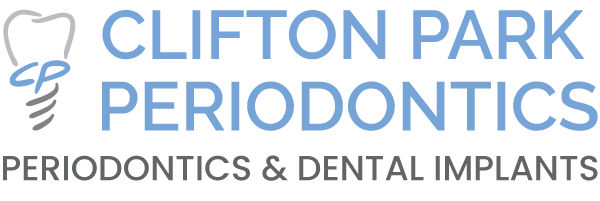Crown Lengthening
You may have asked your periodontist about procedures to improve a “gummy” smile because your teeth appear short. Your teeth may actually be the proper lengths, but they’re covered with too much gum tissue. To correct this, Dr. Lam can perform a dental crown lengthening procedure.
During the dental crown lengthening procedure, excess gum and bone tissue is reshaped to expose more of the natural tooth. This can be done to one tooth, to even your gum line, or to several teeth to expose a natural, broad smile.
Your dentist may also recommend dental crown lengthening to make a restorative or cosmetic dental procedure possible. Perhaps your tooth is decayed, broken below the gum line, or has insufficient tooth structure for a restoration, such as a crown or bridge. Crown lengthening adjusts the gum and bone level to expose more of the tooth so it can be restored.
Biopsy
An intraoral biopsy is a procedure to obtain tissue for microscopic examination to obtain a diagnosis.
Your dentist may recommend a biopsy if they notice a change in color, appearance, size, shape, etc. in the oral cavity of unknown cause.
Typically, the biopsy is performed only to sample a representative portion of the lesion. If the lesion is large or has many differing characteristics, it may require sampling of more than one area. However, sometimes complete removal of the lesion may be performed instead.
Frenectomy
A frenectomy is a procedure that involves removing the frenum and repositioning it further away from the gumline. A frenum is a muscle attachment connecting the lip muscles to the gums and jawbone. Abnormal frenum attachments may occur near the gumline. With this condition, gum recession may occur and it may affect the long-term health of affected teeth. Another consequence of a high frenum attachment is the interference with closing a diastema (space between teeth).
Gingivectomy
A gingivectomy is a procedure where excessive gum tissue is removed. The benefit of selective gum removal is for esthetic improvement or to gain access to a lesion on a tooth for restorative repair. It can also help in reducing pocketing and inflammation and allow for easier cleaning.

